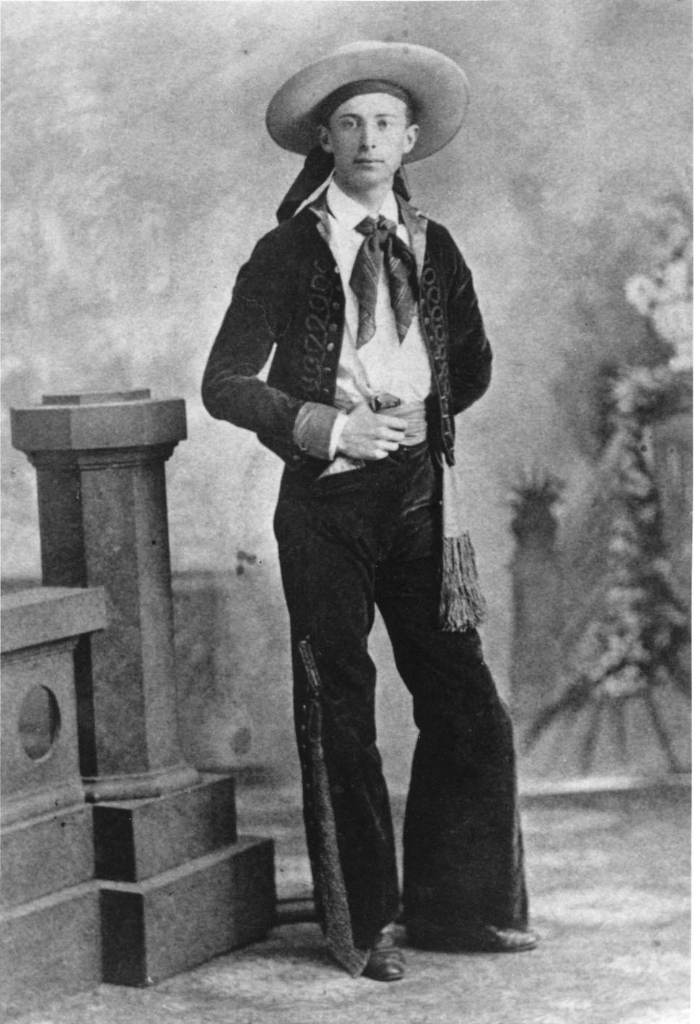
Ranching began on Santa Rosa Island in 1844 shortly after the island was granted to the Carrillo family by the Mexican government. From 1858 to 1901 the More family ran one of the largest sheep ranches in the state on the island with up to 80,000 sheep.
Marvels of the New West, published in 1888, reprinted a long article from the San Francisco Call about the "mammoth" sheep ranch of A. P. More:
"The island is divided into four quarters by fences running clear across at right angles; and the sheep have not to be herded like those ranging about the foothills. Four men are employed regularly the year round to keep the ranch in order and to look after the sheep; and during shearing time fifty or more shearers are employed.
These men secure forty or fifty days' work; and the average number of sheep sheared a day is about ninety, for which five cents a clip is paid; thus, $4.50 a day is being made by each man, or something over $200 for the season, or over $400 for 90 days out of the year. Although the shearing of 90 sheep a day is the average, a great many will go as high as 110; and one man has been known to shear 125.
Although no herding is necessary, about two hundred or more trained goats are kept on the island continually, which to all intents and purposes take the place of the shepherd dogs so necessary to mountainous districts where sheep are raised.
To prevent the sheep from contracting disease, it is necessary to give them a washing twice a year. Moore [sic] having so many on hand, found it necessary to invent some way to accomplish this . . . After experimenting for some time, he had a ditch dug eight feet in depth, a little over one foot in width, and one hundred feet long. In this he put six hundred gallons of water, two hundred pounds of sulphur, one hundred pounds of lime, and six pounds of soda, all of which is heated to one hundred and thirty degrees. The goats lead the sheep into a corral or trap at one end, and the animals are compelled to swim through to the further end, thus securing a bath and taking their medicine at one and the same time."
For more detailed historical information and citations, please refer to the Historic Resource Study: Island Legacies - A History of the Islands within Channel Islands National Park
Is there something we missed for this itinerary?
Itineraries across USA


















































